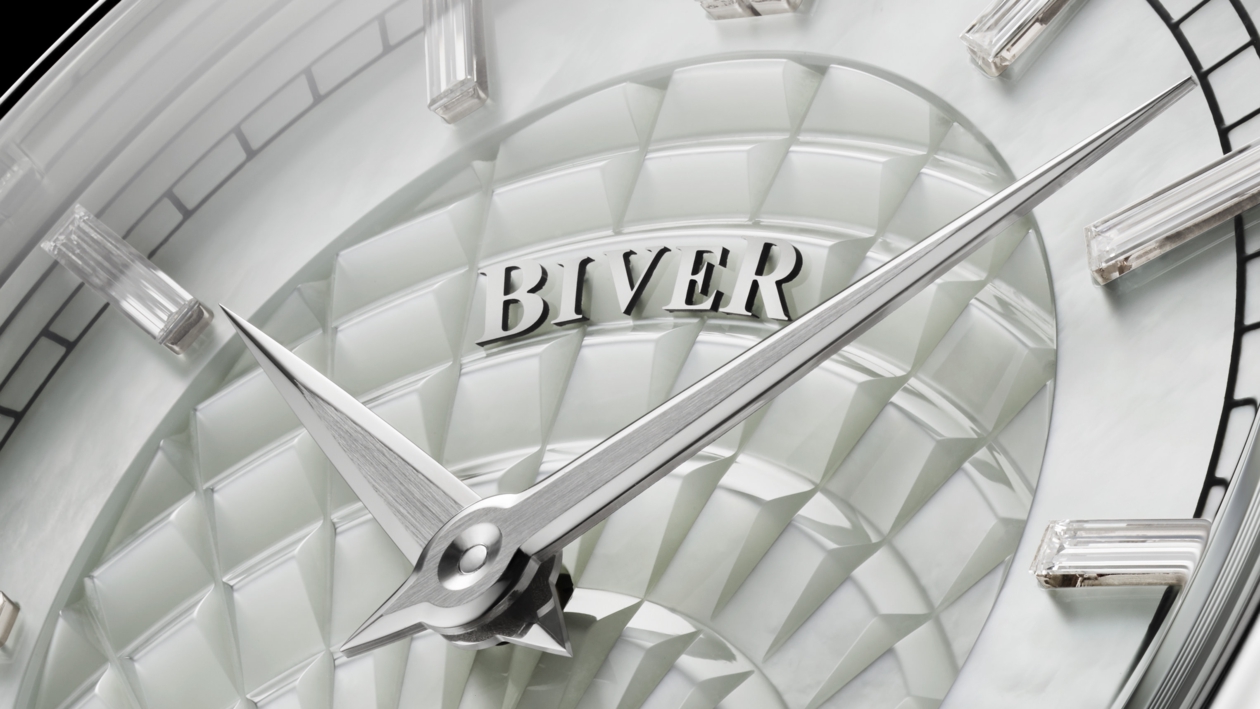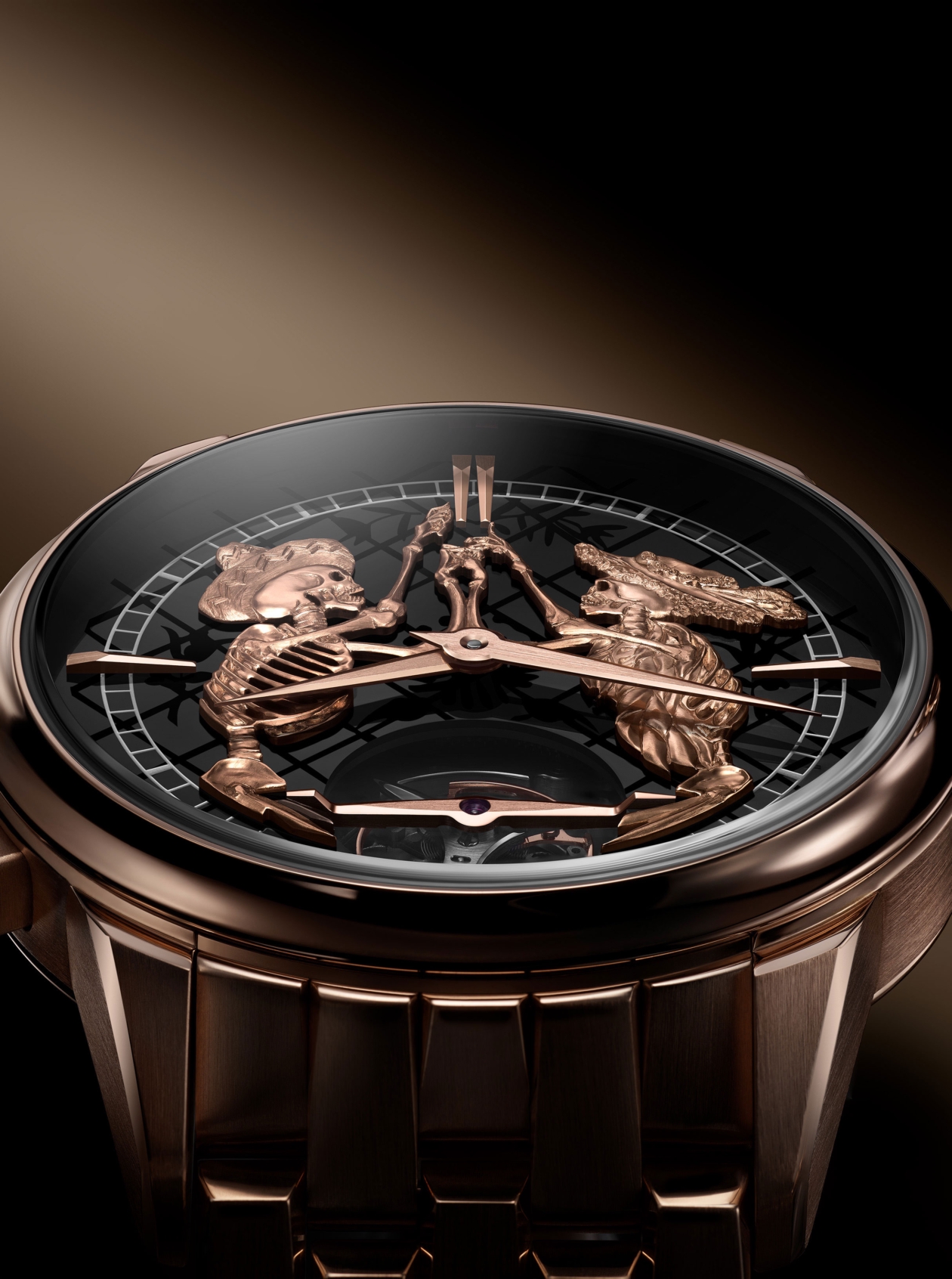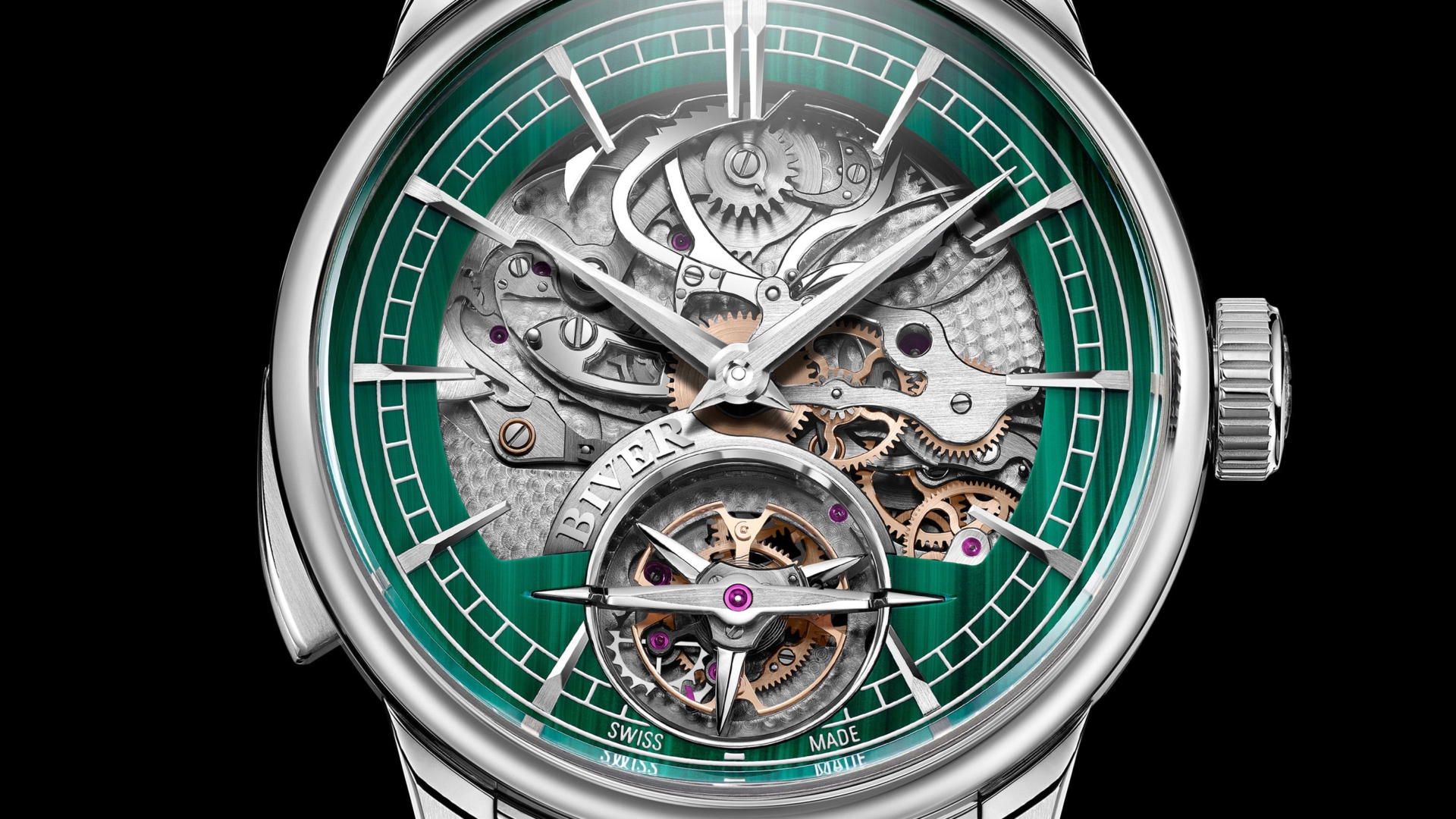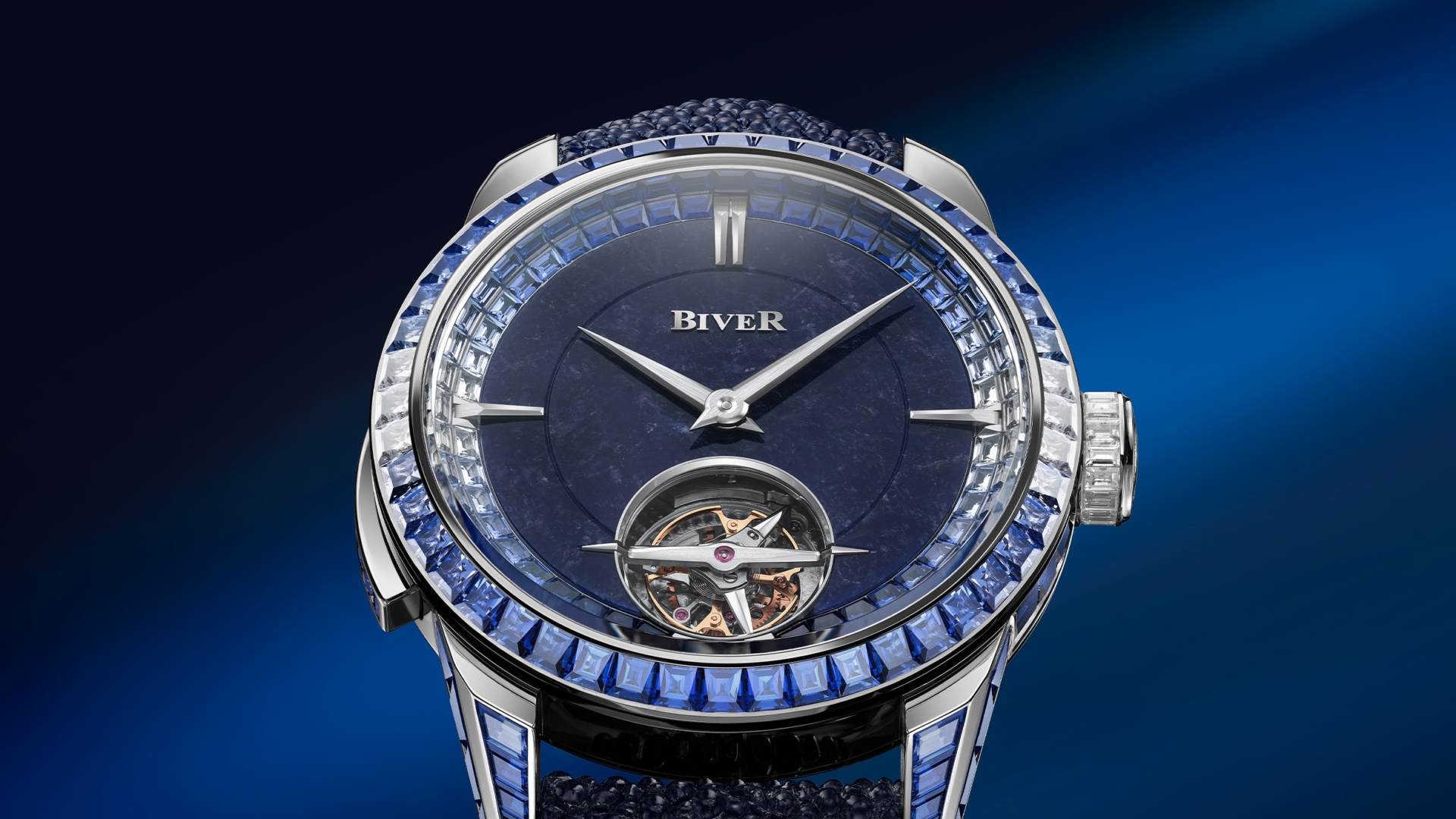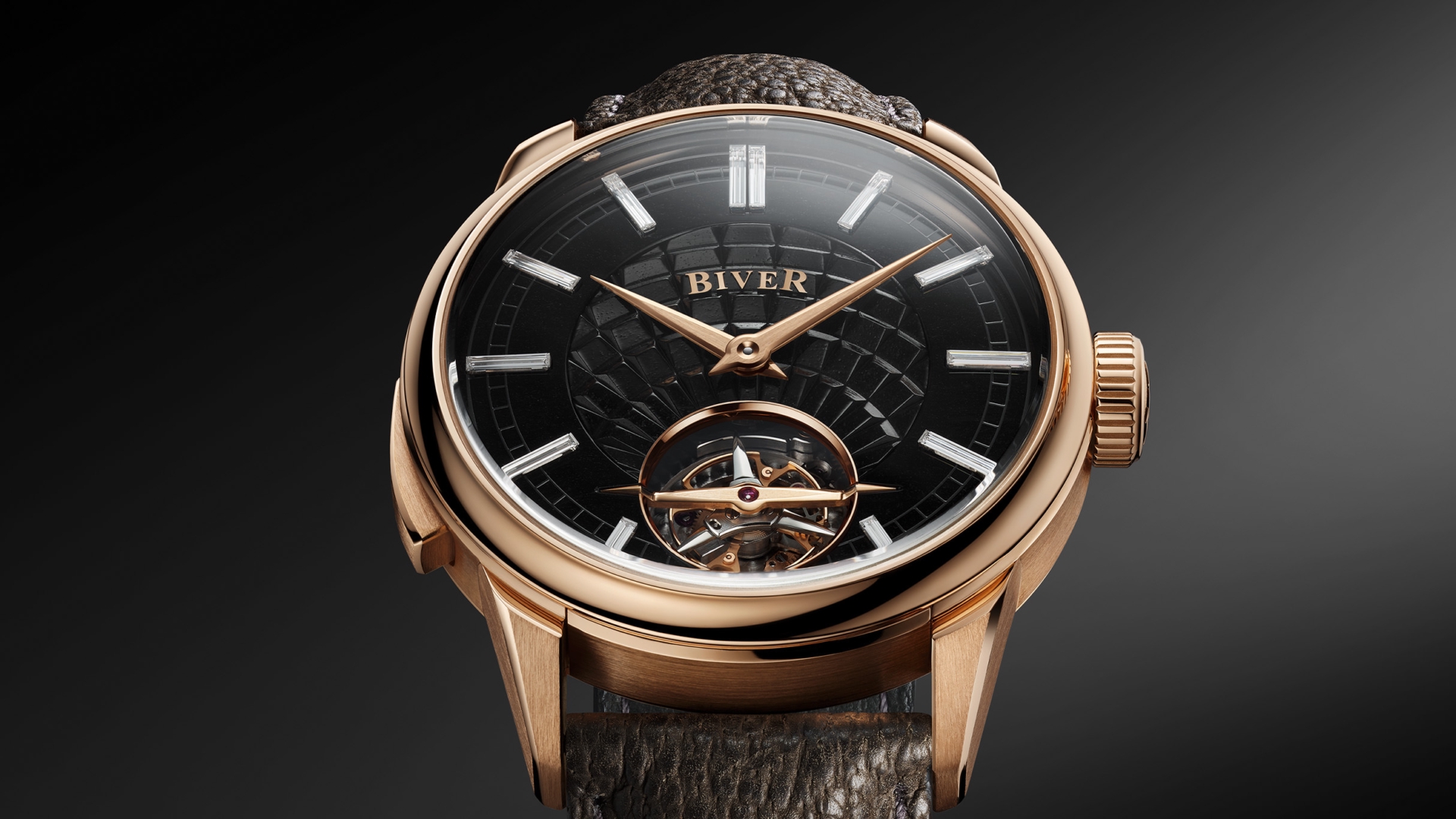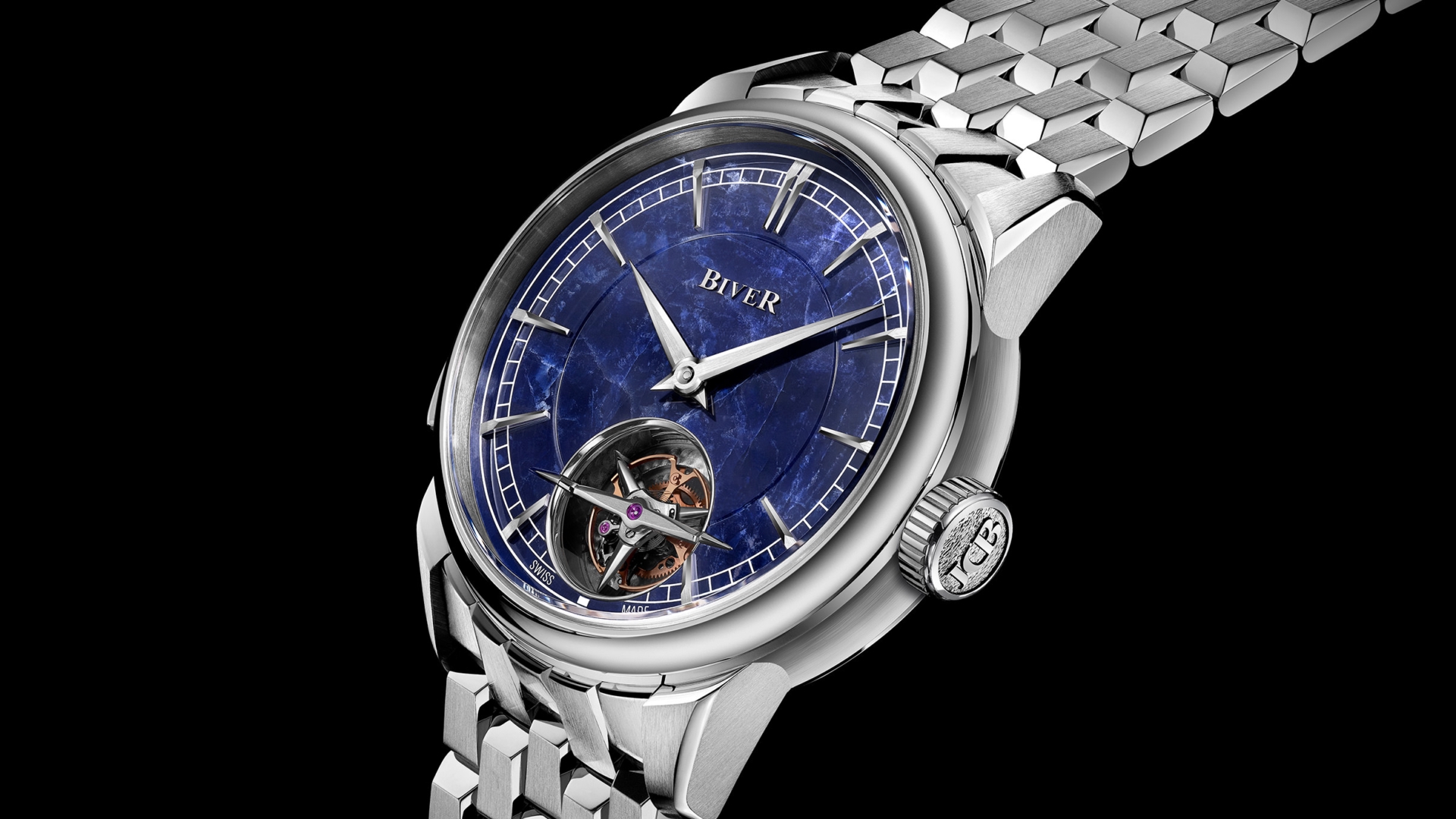At its most basic level, a watch is a small machine that tells us the time. Whether it is a fine mechanical watch or an inexpensive quartz watch, that essential quality remains the same. But while both accurately count out seconds, minutes, and hours, only one has the ability to make your heart rate quicken and your eyes widen. So what exactly is it that gives a mechanical watch its heart and soul?
We believe this ethereal quality comes from the humanity put into each watch. The hours of hand craftsmanship, the detailed attention to design, and the commitment to doing things “the right way” as its own reward. Each decision, each component is labored over and passes under the eyes of an expert, whose craft and passion are represented in the smallest touches, often unseen and done with an almost spiritual commitment to integrity and a deep respect for the individuals collecting Biver timepieces.
A perfect example of this can be found in the hands that show the hours and minutes in the Carillon Tourbillon. Reading about watches, you will find countless discussions of in-house movements, bracelet construction, and case finishing, but relatively little about the humble hands, despite their importance to any timepiece. “The hands are 80% of what you see when you first look at your watch,” says Jean-Claude Biver. “This is why we spend so much time and energy on them.”
